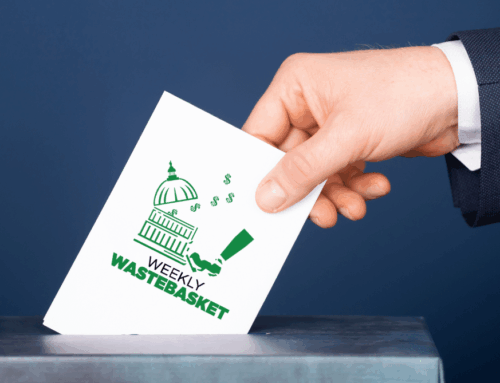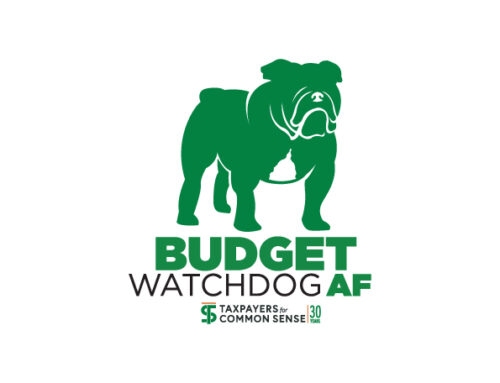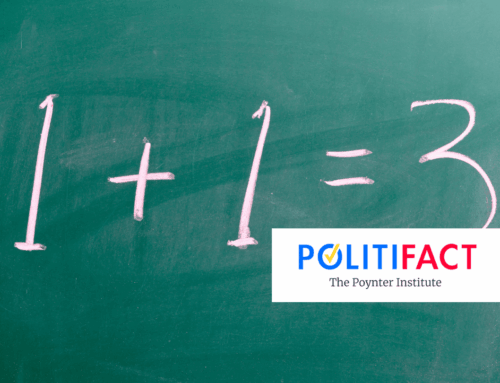As the federal government shutdown surpasses three weeks, House Republican leaders have effectively shut down their own chamber. They point to their September 19 vote to extend government funding through November 21—at roughly fiscal year 2024 spending levels—as proof they’ve done their job. They haven’t. Not by a long shot.
To be fair, it takes two sides (House and Senate) to tango. The House-passed continuing resolution is still waiting for a dance partner in the Senate. Senate leaders of both parties, along with the White House and House leadership, should be negotiating a solution to reopen the government. But in the interim, when it comes to managing a federal budget that spent more than $7,000,000,000,000 in fiscal year 2025, there are plenty of other items on the dance card.
Passing a 51-day stopgap and skipping town is not a job done. It’s a punt on an earlier punt. Back in March, Congress and the President kicked the can on fiscal year 2025 by extending Biden-era 2024 funding for the rest of the fiscal year. For the first time ever, the entire federal government operated under a continuing resolution for a full fiscal year. Extending that even further into 2026 isn’t finishing the job—it’s abandoning it. And with some members even proposing to extend current funding to December 1, 2026—two months into fiscal year 2027—we’re bordering on dereliction of Constitutional duty.
The argument last spring was that setting aside the 2025 bills would give Congress time to focus on fiscal year 2026. So, what did the House do with more than six months of opportunity? Out of the twelve annual spending bills needed to fund the government, they passed just three.
On June 25, the House passed the military construction and VA bill. On July 18, it approved the Pentagon funding bill. On September 4, it passed the Energy and Water bill. That’s it. Next came their September 19 continuing resolution—a 51-day reprieve meant to buy more time, which they promptly squandered.
All this time the House has spent back home could have been spent voting on the nine remaining appropriations bills that fund the Departments of Agriculture, Commerce, Education, Health and Human Services, Homeland Security, Housing and Urban Development, Interior, Justice, Labor, State, Transportation, and Treasury—as well as Congress’s own operations. Members of Congress are still getting paid. Their staff are not. These bills have already cleared committee and are ready for floor action. At some point, they have to be voted on to fully fund government for fiscal year 2026.
While the House has been idle, the Senate has been working. Senators haven’t passed the House-CR, but they did pass the 2026 National Defense Authorization Act—the massive annual defense policy bill—and they’ve confirmed nominees, held hearings, and advanced bipartisan legislation. In October alone, the ROTOR Act—a response to the tragic Army helicopter–commercial jet collision near Reagan National Airport—passed committee, as did bills on wildfire response reforms, housing, tax administration and dozens of nominees.
And back in August, the Senate passed three bipartisan appropriations bills—covering military construction and veterans programs, the Department of Agriculture, and Legislative Branch operations—giving the House a ready-made starting point if it wanted to move forward.
In short, the House needs to get back to work. It’s far behind on fiscal year 2026 spending bills—one of the reasons the government shutdown to begin with. There’s ample unfinished business in committees. Senate-passed bills are stacking up. And even after winning the special election for Arizona’s 7th Congressional District on September 23, Representative-elect Adelita Grijalva still hasn’t been sworn in. Her constituents remain without representation or basic constituent services.
Bring them back, Speaker Johnson. There’s work to be done—and you’re already behind.
- Photo by Abhinav Bhardwaj on Unsplash










